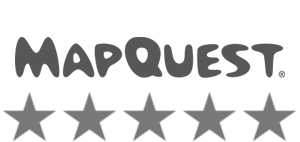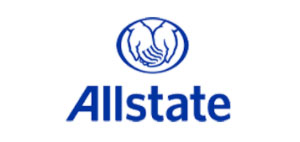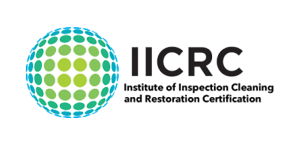Water leaks can cause serious problems, but it’s the mold that follows that often does the most damage. If you’ve had a leak, you’re probably wondering:
How fast does mold actually grow?
The short answer: Mold can begin growing in as little as 24 to 48 hours under the right conditions.
Mold Growth Timeline After a Leak
Here’s what typically happens if water damage isn’t addressed:
| Time Since Leak | What Happens |
|---|---|
| 0–24 hours | Mold spores land on damp surfaces |
| 24–48 hours | Mold begins to grow and spread visibly |
| 3–5 days | Colonies form; musty odor develops |
| 7+ days | Structural materials can become compromised; professional remediation usually required |
The longer you wait, the higher the risk of damage to your home and health.
Why Mold Grows So Quickly
Mold spores are always present in the air. When they land on a moist surface with organic material (like drywall or carpet), they begin to grow rapidly.
According to the EPA, mold can begin growing within 24 hours. The CDC supports this, stating mold grows quickly when moisture isn’t addressed.
What Conditions Make Mold Grow Faster?
- Humidity: Mold thrives in 60%+ humidity. Ideal indoor humidity is 30%–50%.
- Temperature: Mold grows fastest between 70–86°F, but can survive in cooler or warmer environments.
- Surface Type: Porous materials (like wood, carpet, insulation, drywall) hold moisture and support mold growth.
- Poor Ventilation: Lack of airflow allows moisture and heat to build up.
Common Mold Types After Water Damage
- Aspergillus – Common indoors, spreads quickly
- Cladosporium – Grows on fabrics and wood
- Stachybotrys (Black Mold) – Requires constant moisture, found on wet drywall or wood
Not all molds are toxic, but all can cause respiratory issues and allergic reactions—especially in kids, seniors, or people with asthma.
What to Do After a Leak: Preventing Mold Growth
Acting within the first 48 hours is crucial.
1. Dry the Area Immediately
- Use fans, dehumidifiers, or hire a water damage specialist. Open windows to boost airflow.
2. Remove Wet Materials
- Get rid of soaked insulation, carpet, or drywall that can’t be fully dried.
3. Disinfect Surfaces
- Use a disinfectant or diluted bleach (1 cup per gallon of water) to kill lingering spores on hard surfaces.
4. Reduce Humidity
- Run a dehumidifier and keep relative humidity below 50% until everything is dry.
5. Inspect Hidden Areas
- Use moisture meters or hire a professional to check behind walls and under flooring.
What Happens If You Wait Too Long?
Letting mold grow unchecked can lead to:
- Structural damage to drywall, flooring, and framing
- Expensive remediation bills
- Health concerns: asthma, allergies, headaches, and fatigue
- Lower resale value of your home
When to Call a Professional
If it’s been more than 48 hours since the leak or you smell a musty odor, it’s time to bring in experts. Mold often hides inside walls, under flooring, or in HVAC systems—areas not easily visible.
Quality Restoration offers 24/7 emergency response to help dry, disinfect, and restore your home before the damage worsens.
Stay Ahead of Mold Problems
Mold is fast, but you can be faster. By acting quickly and knowing what to watch for, you can stop mold before it becomes a costly problem.
Need expert help? Contact us today for a free moisture inspection and mold prevention assessment.
Frequently Asked Questions (FAQs)
How can I tell if mold is growing after a leak?
- Look for musty odors, discoloration on walls or ceilings, and visible patches of fuzzy or slimy material—often black, green, or white. Even if you don’t see it, mold could still be growing inside walls or under floors.
Will mold go away once the water is gone?
- No. Even after the leak is fixed, mold can remain on surfaces or inside porous materials. You must fully dry and disinfect the area, and in many cases, remove damaged materials.
Can I use a fan to dry out mold?
- Fans help dry moisture, but they can also spread mold spores if mold is already present. It’s best to use fans early (within 24 hours), before mold has had time to grow.
Do I need professional mold remediation?
- If the affected area is larger than 10 square feet, or if mold has spread into walls or HVAC systems, the EPA recommends calling professionals.




















